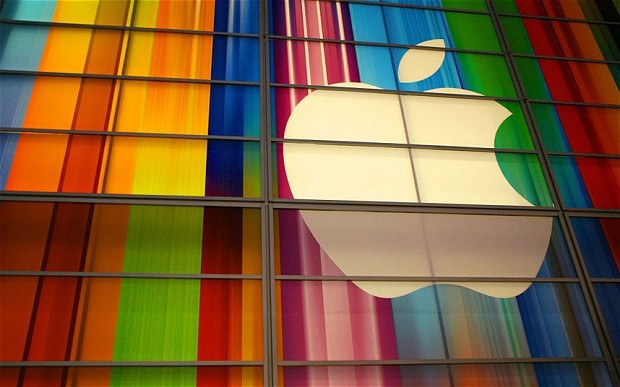Apple and Google: think locally, act globally
- Transfer
 Three years ago, Apple’s sales in the zone of Chinese cultural and economic influence for the first quarter amounted to 9.29 billion dollars or 20% of the total [1].
Three years ago, Apple’s sales in the zone of Chinese cultural and economic influence for the first quarter amounted to 9.29 billion dollars or 20% of the total [1]. During this period, Apple's China sales growth reached 320%. Japan became the second fastest growing reporting segment with an increase of 187%. The third segment was the European segment, which reached 70%, while the fourth was the American segment with 53.5%. The rest of Asia and Oceania showed a minimum rise of 4.1%.
While total sales increased significantly, joint revenue from the US segment and the retail sector (since most stores are in the United States) fell from 51% in the first quarter of 2011 to 42% in the first quarter of 2014 [ 2]. An increase in China's share of 11 points [in the overall picture of sales], thus, can be considered mainly as damage to the United States. Since the US segment is not declining, it would be more appropriate to assume that most of the growth over the past three years has been in China.
The chart below reflects both absolute and relative sales levels of reporting segments.

Please note that in the above graph, I also included Google’s regional distribution of revenue [3]. This was partly done in order to give a comparative assessment of Apple's performance, partly to understand whether other companies are copying Apple's expansion methods outside the United States.
In particular, Google is not represented on a large scale in the Chinese market and the only regions that can be detailed are the USA, Great Britain and Other regions. Therefore, let us dwell on the analysis of the dependence of each of the companies on the US market.
The percentage of Google revenue in the US sector really fell from 47% to 43%, but it is worth noting that the decline is not only slower than that of Apple, but Google’s overall dependence on the US market is higher than that of Apple.
This is striking because the concentration of Apple users (measured by the market share of various Apple products) in the US is likely to be higher than the distribution of Google users.
In other words, Google is widely popular all over the world (except for search services in China, Korea and Russia), but its users and, consequently, revenues are highly concentrated.
Notes:
[1] Based on sales figures in China, the total revenue amounted to “almost 10 billion dollars”
[2] 60% of all Apple Store stores are located in the United States
[3] the indicator does not include values for frozen directions, in particular, for work with Motorola
Only registered users can participate in the survey. Please come in.
How could you evaluate (compare) the global positions of Apple and Google?
- 36.5% Apple is a truly global player 60
- 50.6% Google is no exception, the difference is only in the momentary correlation of forces 83
- 31% Apple focuses on the US market 51
- 23.7% Google makes the most effort in English-speaking markets 39
- 17% I use only YotaPhone and Yandex services 28
